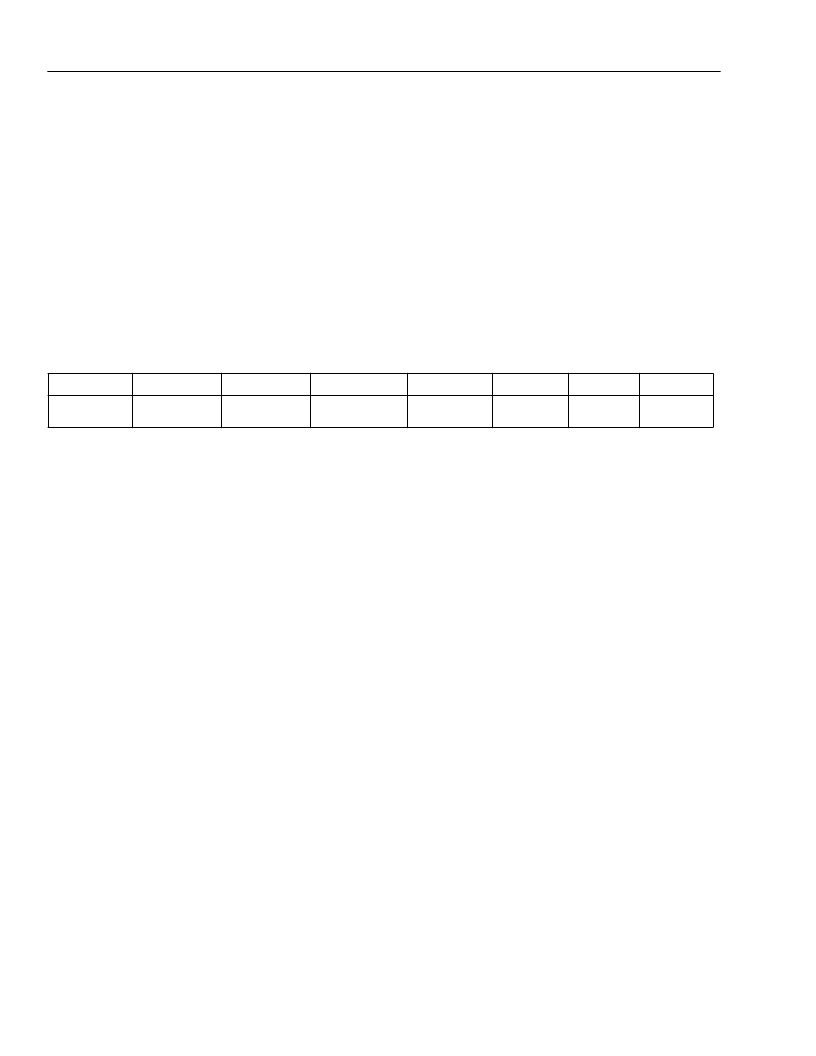- 您現(xiàn)在的位置:買賣IC網(wǎng) > PDF目錄383876 > T7633 (Lineage Power) Dual T1/E1 3.3 V Short-Haul Terminator(雙T1/E1 3.3V短通信距離終端器) PDF資料下載
參數(shù)資料
| 型號: | T7633 |
| 廠商: | Lineage Power |
| 英文描述: | Dual T1/E1 3.3 V Short-Haul Terminator(雙T1/E1 3.3V短通信距離終端器) |
| 中文描述: | 雙T1/E1的3.3伏短途終結者(雙T1/E1的3.3短通信距離終端器) |
| 文件頁數(shù): | 122/248頁 |
| 文件大小: | 1459K |
| 代理商: | T7633 |
第1頁第2頁第3頁第4頁第5頁第6頁第7頁第8頁第9頁第10頁第11頁第12頁第13頁第14頁第15頁第16頁第17頁第18頁第19頁第20頁第21頁第22頁第23頁第24頁第25頁第26頁第27頁第28頁第29頁第30頁第31頁第32頁第33頁第34頁第35頁第36頁第37頁第38頁第39頁第40頁第41頁第42頁第43頁第44頁第45頁第46頁第47頁第48頁第49頁第50頁第51頁第52頁第53頁第54頁第55頁第56頁第57頁第58頁第59頁第60頁第61頁第62頁第63頁第64頁第65頁第66頁第67頁第68頁第69頁第70頁第71頁第72頁第73頁第74頁第75頁第76頁第77頁第78頁第79頁第80頁第81頁第82頁第83頁第84頁第85頁第86頁第87頁第88頁第89頁第90頁第91頁第92頁第93頁第94頁第95頁第96頁第97頁第98頁第99頁第100頁第101頁第102頁第103頁第104頁第105頁第106頁第107頁第108頁第109頁第110頁第111頁第112頁第113頁第114頁第115頁第116頁第117頁第118頁第119頁第120頁第121頁當前第122頁第123頁第124頁第125頁第126頁第127頁第128頁第129頁第130頁第131頁第132頁第133頁第134頁第135頁第136頁第137頁第138頁第139頁第140頁第141頁第142頁第143頁第144頁第145頁第146頁第147頁第148頁第149頁第150頁第151頁第152頁第153頁第154頁第155頁第156頁第157頁第158頁第159頁第160頁第161頁第162頁第163頁第164頁第165頁第166頁第167頁第168頁第169頁第170頁第171頁第172頁第173頁第174頁第175頁第176頁第177頁第178頁第179頁第180頁第181頁第182頁第183頁第184頁第185頁第186頁第187頁第188頁第189頁第190頁第191頁第192頁第193頁第194頁第195頁第196頁第197頁第198頁第199頁第200頁第201頁第202頁第203頁第204頁第205頁第206頁第207頁第208頁第209頁第210頁第211頁第212頁第213頁第214頁第215頁第216頁第217頁第218頁第219頁第220頁第221頁第222頁第223頁第224頁第225頁第226頁第227頁第228頁第229頁第230頁第231頁第232頁第233頁第234頁第235頁第236頁第237頁第238頁第239頁第240頁第241頁第242頁第243頁第244頁第245頁第246頁第247頁第248頁

Advance Data Sheet
T7633 Dual T1/E1 3.3 V Short-Haul Terminator
May 1998
112
Lucent Technologies Inc.
Facility Data Link (FDL)
(continued)
Receive Facility Data Link Interface
(continued)
Receive HDLC Mode
This is the default mode of the FDL. The receive FDL receives serial data from the receive framer, identifies HDLC
frames, reconstructs data bytes, provides bit destuffing as necessary, and loads parallel data in the receive FIFO.
The receive queue manager forms a status of frame (SF) byte for each HDLC frame and stores the SF byte in the
receive FDL FIFO (register FDL_SR4) after the last data byte of the associated frame. HDLC frames consisting of
n bytes will have n + 1 bytes stored in the receive FIFO. The frame check sequence bytes (CRC) of the received
HDLC frame are not stored in the receive FIFO. When receiving ANSI PRM frames, the frame check sequence
bytes are stored in the receive FIFO.
The SF byte has the following format.
Bit 7 of the SF status byte is the CRC status bit. A 1 indicates that an incorrect CRC was detected. A 0 indicates
the CRC is correct. Bit 6 of the SF status byte is the abort status. A 1 indicates the frame associated with this status
byte was aborted (i.e., the abort sequence was detected after an opening flag and before a subsequent closing
flag). An abort can also cause bits 7 and/or 4 to be set to 1. An abort is not reported when a flag is followed by
seven 1s. Bit 5 is the FIFO overrun bit. A 1 indicates that a receive FIFO overrun occurred (the 64-byte FIFO size
was exceeded). Bit 4 is the FIFO bad byte count that indicates whether or not the bit count received was a multiple
of eight (i.e., an integer number of bytes). A 1 indicates that the bit count received after 0-bit deletion was not a
multiple of eight, and a 0 indicates that the bit count was a multiple of eight. When a non-byte-aligned frame is
received, all bits received are present in the receive FIFO. The byte before the SF status byte contains less than
eight valid data bits. The HDLC block provides no indication of how many of the bits in the byte are valid. User
application programming controls processing of non-byte-aligned frames. Bit 3—bit 0 of the SF status byte are not
used and are set to 0. A good frame is implied when the SF status byte is 00 (hex).
Receive FDL FIFO
Whenever an SF byte is present in the receive FIFO, the end of frame registers FDL_SR0 bit 4 (FREOF) and
FDL_SR2 bit 7 (FEOF) bits are set. The receiver queue status (register FDL_SR2 bit 0—bit 6) bits report the
number of bytes up to and including the first SF byte. If no SF byte is present in the receive FIFO, the count directly
reflects the number of data bytes available to be read. Depending on the FDL frame size, it is possible for multiple
frames to be present in the receive FIFO. The receive fill level indicator register FDL_PR6 bit 0—bit 5 (FRIL) can be
programmed to tailor the service time interval to the system. The receive FIFO full register FDL_SR0 bit 3 (FRF)
interrupt is set in the interrupt status register when the receive FIFO reaches the preprogrammed full position. An
FREOF interrupt is also issued when the receiver has identified the end of frame and has written the SF byte for
that frame. An FDL overrun interrupt register FDL_SR0 bit 5 (FROVERUN) is generated when the receiver needs
to write either status or data to the receive FIFO while the receive FIFO is full. An overrun condition will cause the
last byte of the receive FIFO to be overwritten with an SF byte indicating the overrun status. A receive idle register
FDL_SR0 bit 6 (FRIDL) interrupt is issued whenever 15 or more continuous 1s have been detected.
Table 54. Receive Status of Frame Byte
RSF B7
BAD CRC
RSF B6
ABORT
RSF B5
RFIFO
OVERRUN
RSF B4
BAD BYTE
COUNT
RSF B3
0
RSF B2
0
RSF B1
0
RSF B0
0
相關PDF資料 |
PDF描述 |
|---|---|
| T7688 | 5.0 V E1/CEPT Quad Line Interface(5.0 V E1/CEPT四線接口) |
| T7689 | 5.0 V T1 Quad Line Interface(5.0 V T1四線接口) |
| T7690 | 5.0 V T1/E1 Quad Line Interface(5.0 V T1/E1 四線接口) |
| T7693 | 3.3 V T1/E1 Quad Line Interface( 3.3 V T1/E四線接口) |
| T7698 | Quad T1/E1 Line Interface and Octal T1/E1 Monitor(四T1/E1線接口和八T1/E1監(jiān)控器) |
相關代理商/技術參數(shù) |
參數(shù)描述 |
|---|---|
| T7645036 | 功能描述:手工工具 Campbell Snap Link #2450, 7/16", Steel RoHS:否 制造商:Molex 產(chǎn)品:Extraction Tools 類型: 描述/功能:Extraction tool |
| T7645106 | 制造商:COOPER INDUSTRIES 功能描述:CC ACCESYS / #7350 1/8 Quick Link Steel Zinc Plated UPC Tagged |
| T7645126 | 制造商:COOPER INDUSTRIES 功能描述:CC ACCESYS / #7350 1/4 Quick Link Steel Zinc Plated UPC Tagged |
| T7645136V | 制造商:COOPER INDUSTRIES 功能描述:CC ACCESYS / #7350 5/16 Quick Link Steel Zinc Plated UPC Tagged |
| T7645146 | 制造商:COOPER INDUSTRIES 功能描述:CC ACCESYS / #7350 3/8 Quick Link Steel Zinc Plated UPC Tagged |
發(fā)布緊急采購,3分鐘左右您將得到回復。